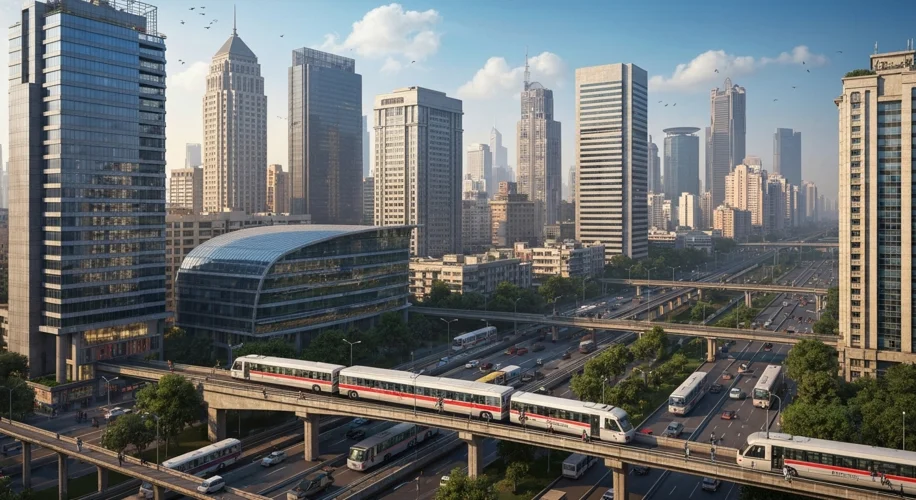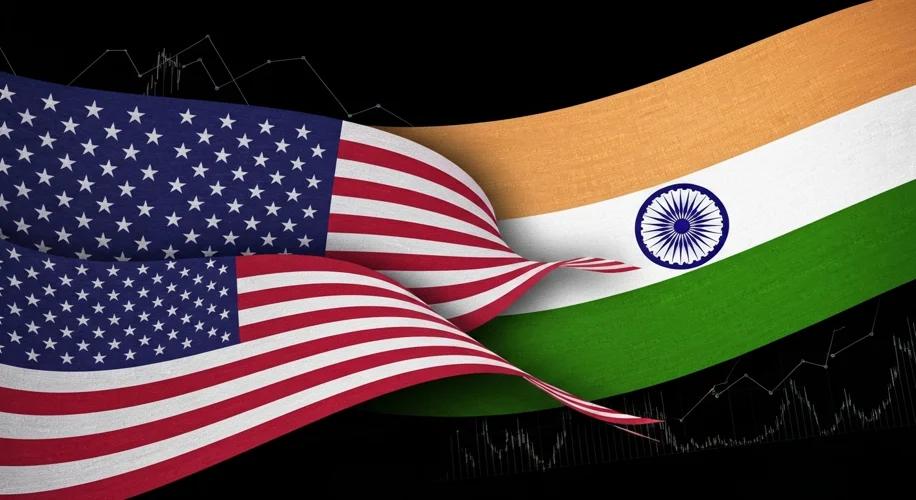The story of the United States and India, two titans of democracy and diverse cultures, is not a tale of constant camaraderie, but rather a fascinating, often intricate dance of evolving relations and trade.
For much of the early 20th century, as India fought for its independence from British rule, the United States watched from a distance. While American ideals of self-determination resonated, official policy was often shaped by Cold War alliances and economic interests. India, under Jawaharlal Nehru, charted a course of non-alignment, seeking to forge its own path free from the spheres of influence of both the US and the Soviet Union. This period, while not overtly hostile, was marked by a cautious distance, with trade relations primarily driven by commodity exchanges rather than deep strategic partnerships.

The seeds of change were sown in the latter half of the century. The sheer size of India’s population and its burgeoning economy began to capture American attention. However, significant shifts were often slow to materialize. Economic policies in India, such as protectionist measures and state control over key industries, sometimes presented hurdles for American businesses. Conversely, American trade policies and geopolitical considerations could also impact the flow of goods and investment.
A pivotal moment arrived with India’s economic liberalization in the early 1990s. This opening up of the Indian economy created a more fertile ground for bilateral trade and investment. American companies, particularly in the technology and services sectors, began to see India as a land of immense opportunity. The rise of the Indian diaspora in the United States further strengthened these ties, creating bridges of understanding and facilitating business connections.
The turn of the millennium witnessed an acceleration of this engagement. Strategic partnerships deepened, especially in areas of defense and counter-terrorism. Trade volumes surged, transforming the economic landscape of both nations. India became a significant market for American goods and services, while American investment poured into India’s rapidly growing sectors, from IT and pharmaceuticals to manufacturing.
However, the path has not always been smooth. Trade disputes, often concerning intellectual property rights, market access, and agricultural subsidies, have periodically surfaced, testing the resilience of the relationship. For instance, disagreements over tariffs and digital trade policies have been recurring themes in recent years, requiring constant diplomatic negotiation and a willingness to find common ground.

Looking back, the evolution of US-India relations is a testament to the power of pragmatic diplomacy and mutual interest. From an era of cautious observation, the two nations have transitioned into a strategic partnership characterized by robust trade and shared democratic values. The economic policies enacted by both governments have played a crucial role in shaping this trajectory, sometimes acting as catalysts for deeper integration and at other times as points of friction.
Today, as of August 6, 2025, the United States and India stand as major trading partners, their economic destinies increasingly intertwined. The future promises further collaboration, albeit with the understanding that navigating the complexities of global trade and geopolitical dynamics will require continued dialogue, adaptation, and a shared commitment to a stable and prosperous international order.


